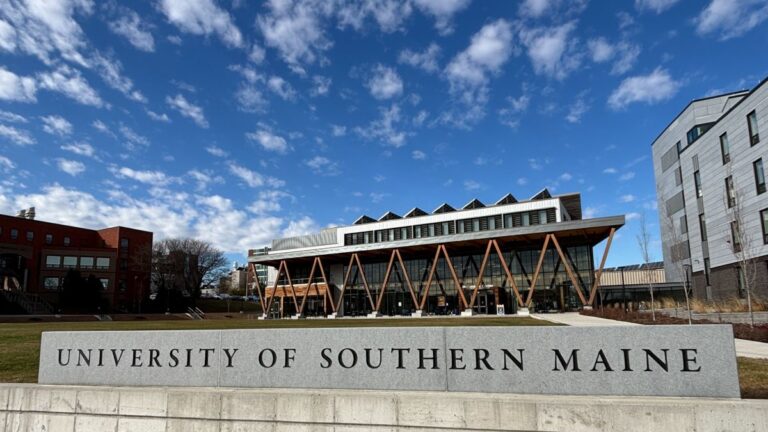The August 30 meeting of the Lubec Select Board opened with a full agenda, much of which was eventually tabled as the one‑and‑a‑half‑hour session was dominated by questions and comments about recently received property tax bills.
A full‑house crowd filled the room. Most were there with concerns about the significant increases as mentioned by Assessor’s Agent Jacki Robbins during the August 16 meeting when she observed that “some would see a 50% increase.”
This increase is despite the drop in the town’s mill rate, which now stands at 15.4, compared with the 2022‑23 rate of 24.1.
Jim Clark, at the time the town’s assessor’s agent, commented in October 2022 when the previous rate was announced, “This is the highest mill rate the town has had in the last 20 years.”
It was driven up by the disparity between the valuation provided by the town versus that of the state, which had fallen below 70%, thus mandating the town‑wide reassessment.
Robbins, who was present via Zoom, was asked by several to come to Lubec and meet with the public. She replied such a meeting “would not be productive,” instead offering to work one‑on‑one with individuals either by phone or at their property. A stack of her business cards was available; many took one and more are available at the town office. As of September 2, about 30 people had contacted her.
A number of local residents have posted on the Lubec Community Bulletin Board Facebook page about how they are upset over the property tax increases and the tax exemptions for conservation lands.
In a follow‑up interview, Robbins was asked to describe her credentials, which some questioned during the meeting. She explained she has held the certified Maine assessor’s license since 1990, maintenance of which requires participation in an annual 16‑hour training session.
Since becoming licensed she has conducted 13 full‑town reassessments, including the one in Lubec. She also explained the last “cost‑basis evaluation” in Lubec was carried out in 1995, resulting in many increases driven by rising real estate values.
In a follow‑up meeting, select board Chair Carol Dennison spoke further about the effect of conserved lands within the town, about 40% of which are held by the state of Maine. The total of non‑ or reduced‑tax properties accounts for approximately 10% of the town’s total valuation, not including churches and the town’s numerous charitable nonprofits.
Cobscook Shores holds about 16% of the conserved land by valuation, or less than half of that held by Maine Coast Heritage Trust.
All of these holdings are held in accordance with Maine state law. The value of tax‑exempt properties is not included in the town’s total valuation, which is the basis for individual assessments. The total “tax income lost” to conserved properties is approximately 10% of Lubec’s total property tax burden.
In other business, the board approved the application by the Gulf of Maine Research Institute (GMRI) to include Lubec in the four‑town Climate‑Smart Working Waterfronts project. Amanda Lyons of the town’s shellfish conservation committee spoke briefly in support of the initiative, which is expected to wrap‑up in the spring of 2025.
The objective is to help fishing towns prepare for an anticipated future with higher seas, stronger storms and warming waters. The matter prompted no commentary and passed unanimously.
The action adds Lubec to the list with Kittery, Portland and Tremont, reflecting the GMRI plan for diversity.
This story was originally published by the Quoddy Tides, and is republished here with permission.







